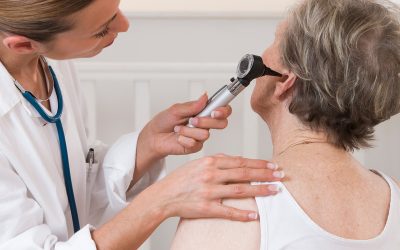Swallowing may seem simple, but it’s actually a complex process that involves more than 30 muscles and several nerves working together. When illness, injury, or neurological conditions interfere with this process, swallowing can become difficult or even dangerous—a condition known as dysphagia. Fortunately, speech therapy for swallowing plays a vital role in helping individuals regain the ability to eat and drink safely while improving their overall quality of life.
Understanding Swallowing Difficulties
Swallowing problems can occur after a stroke, brain injury, surgery, or neurological disease such as Parkinson’s or ALS. Symptoms may include coughing or choking while eating, a sensation of food “sticking” in the throat, or frequent chest infections caused by food or liquid entering the airway. Left untreated, dysphagia can lead to malnutrition, dehydration, and aspiration pneumonia.
Speech-language pathologists (SLPs) are highly trained specialists who assess and treat swallowing disorders. While their title may suggest a focus on speech, they are experts in all aspects of the mouth and throat, including the muscles responsible for chewing and swallowing.
How Speech Therapy Helps
Speech therapy for swallowing begins with a thorough evaluation to determine the cause and severity of the problem. This often includes a clinical swallowing assessment or an instrumental test such as a video fluoroscopic swallow study. Based on the results, the SLP designs a personalized treatment plan.
Treatment may include:
- Swallowing Exercises: Specific movements that strengthen the tongue, lips, and throat muscles to improve coordination and safety during swallowing.
- Postural Techniques: Adjusting the body or head position to make swallowing easier and reduce aspiration risk.
- Dietary Modifications: Recommending texture or liquid thickness changes to ensure food passes safely.
- Neuromuscular Electrical Stimulation (NMES): In some cases, mild electrical stimulation is used to activate weak swallowing muscles.
- Education and Training: Teaching patients and caregivers safe swallowing strategies for daily use.
With consistent practice and professional guidance, most patients experience significant improvements in safety, comfort, and confidence when eating and drinking.
Emotional and Physical Benefits
Swallowing difficulties can affect more than nutrition—they can impact social interaction, emotional well-being, and self-esteem. Many individuals avoid meals with others out of embarrassment or fear of choking. Speech therapy not only restores physical ability but also helps rebuild confidence, allowing patients to enjoy one of life’s most basic pleasures again: sharing a meal.
A Step Toward Independence
Speech therapy for swallowing is about more than mechanics—it’s about restoring dignity, health, and independence. With expert assessment, personalized exercises, and ongoing support, patients can overcome dysphagia and return to eating safely and comfortably.


